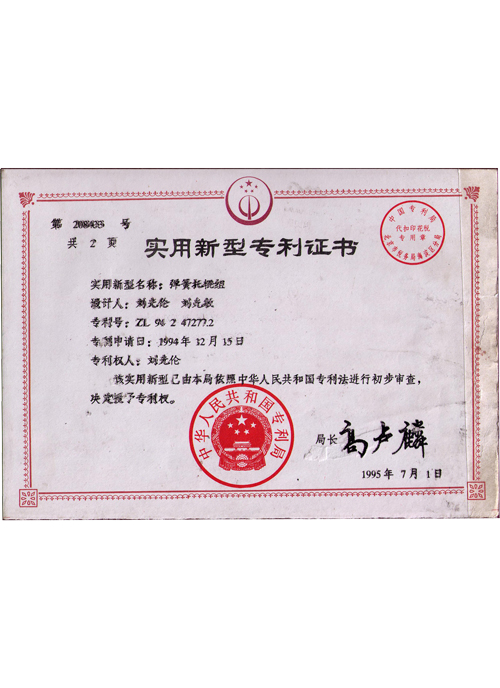 Afrikaans
Afrikaans  Albanian
Albanian  Amharic
Amharic  Arabic
Arabic  Armenian
Armenian  Azerbaijani
Azerbaijani  Basque
Basque  Belarusian
Belarusian  Bengali
Bengali  Bosnian
Bosnian  Bulgarian
Bulgarian  Catalan
Catalan  Cebuano
Cebuano  Corsican
Corsican  Croatian
Croatian  Czech
Czech  Danish
Danish  Dutch
Dutch  English
English  Esperanto
Esperanto  Estonian
Estonian  Finnish
Finnish  French
French  Frisian
Frisian  Galician
Galician  Georgian
Georgian  German
German  Greek
Greek  Gujarati
Gujarati  Haitian Creole
Haitian Creole  hausa
hausa  hawaiian
hawaiian  Hebrew
Hebrew  Hindi
Hindi  Miao
Miao  Hungarian
Hungarian  Icelandic
Icelandic  igbo
igbo  Indonesian
Indonesian  irish
irish  Italian
Italian  Japanese
Japanese  Javanese
Javanese  Kannada
Kannada  kazakh
kazakh  Khmer
Khmer  Rwandese
Rwandese  Korean
Korean  Kurdish
Kurdish  Kyrgyz
Kyrgyz  Lao
Lao  Latin
Latin  Latvian
Latvian  Lithuanian
Lithuanian  Luxembourgish
Luxembourgish  Macedonian
Macedonian  Malgashi
Malgashi  Malay
Malay  Malayalam
Malayalam  Maltese
Maltese  Maori
Maori  Marathi
Marathi  Mongolian
Mongolian  Myanmar
Myanmar  Nepali
Nepali  Norwegian
Norwegian  Norwegian
Norwegian  Occitan
Occitan  Pashto
Pashto  Persian
Persian  Polish
Polish  Portuguese
Portuguese  Punjabi
Punjabi  Romanian
Romanian  Russian
Russian  Samoan
Samoan  Scottish Gaelic
Scottish Gaelic  Serbian
Serbian  Sesotho
Sesotho  Shona
Shona  Sindhi
Sindhi  Sinhala
Sinhala  Slovak
Slovak  Slovenian
Slovenian  Somali
Somali  Spanish
Spanish  Sundanese
Sundanese  Swahili
Swahili  Swedish
Swedish  Tagalog
Tagalog  Tajik
Tajik  Tamil
Tamil  Tatar
Tatar  Telugu
Telugu  Thai
Thai  Turkish
Turkish  Turkmen
Turkmen  Ukrainian
Ukrainian  Urdu
Urdu  Uighur
Uighur  Uzbek
Uzbek  Vietnamese
Vietnamese  Welsh
Welsh  Bantu
Bantu  Yiddish
Yiddish  Yoruba
Yoruba  Zulu
Zulu Different Types of Pulleys Used in Conveyor Belt Systems for Efficient Operation
Types of Pulleys in Conveyor Belt Systems
Conveyor belts have been a cornerstone of industrial logistics and transport systems since their inception. They enable the movement of materials efficiently and continuously across various segments of industries, from manufacturing to mining. At the heart of these systems are pulleys, which play a critical role in the functionality and efficiency of conveyor belts. Here, we will explore the different types of pulleys used in conveyor belt systems and their significance.
1. Drive Pulleys
Drive pulleys, often referred to as head pulleys, are critical components that provide the necessary force to move the conveyor belt. They are located at the discharge end of the conveyor system. Driven by electric motors or other prime movers, these pulleys are designed to withstand the stress and strain of transmitting power to the belt. The surface of drive pulleys is typically lagged with rubber or another material to increase friction and minimize slippage, ensuring that the belt can effectively transport materials without losing grip.
2. Idler Pulleys
Idler pulleys, also known as tail pulleys, support the conveyor belt along its return path. They are essential for maintaining belt tension and ensuring that the belt remains aligned during operation. Idler pulleys can be equipped with various forms of bearings to reduce friction and enhance longevity. Furthermore, they can come in various types, including
- Return Idlers Positioned on the return leg of the conveyor, these pulleys help guide the belt back to the drive pulley. - Impact Idlers Located where heavy materials are dropped onto the belt, these pulleys are designed to absorb the impact and protect the belt from damage.
3. Snub Pulleys
types of pulley in conveyor belt

Snub pulleys play a vital role in increasing the wrap angle of the conveyor belt around the drive pulley. By effectively increasing this angle, snub pulleys enhance the tension on the belt, improving the grip and efficiency of the belt system. These pulleys are strategically placed to redirect the belt towards the drive pulley, ensuring optimal performance and reducing slippage. Snub pulleys are particularly important in systems where the load varies or when operating in inclined positions.
4. Take-Up Pulleys
Take-up pulleys are essential for maintaining proper tension in the conveyor belt system. They can be found in areas where belt sagging and loosening occur. By allowing for adjustments in belt length, take-up pulleys accommodate for wear and elongation over time, thus preventing potential operational issues. There are two primary types of take-up systems Gravity Take-Up and Mechanical Take-Up.
- Gravity Take-Up Utilizes the weight of the pulley and associated mechanisms to maintain belt tension. - Mechanical Take-Up Employs a winch or adjusting rods to tighten or loosen the belt as needed.
5. Return Rollers
While not a pulley in the traditional sense, return rollers offer comparable functions. Positioned along the underside of the conveyor, return rollers provide support to the belt as it moves back to the drive pulley. They help minimize friction and wear, allowing the belt to travel smoothly and efficiently. Different types of return rollers, such as flat return rollers and rubber disc return rollers, are used depending on the nature of the material being transported and the operating conditions.
Conclusion
Pulleys are indispensable components of conveyor belt systems, playing a crucial role in the overall efficiency and functionality of material handling processes. Understanding the types of pulleys—drive, idler, snub, take-up, and return—enables engineers and operators to select the appropriate components for their specific applications, ultimately leading to improved performance, reduced maintenance costs, and increased productivity. As industries evolve and utilize more advanced materials and technologies, the design and application of conveyor pulleys will continue to adapt, ensuring that these systems remain vital in an increasingly automated world.
-
Revolutionizing Conveyor Reliability with Advanced Rubber Lagging PulleysNewsJul.22,2025
-
Powering Precision and Durability with Expert Manufacturers of Conveyor ComponentsNewsJul.22,2025
-
Optimizing Conveyor Systems with Advanced Conveyor AccessoriesNewsJul.22,2025
-
Maximize Conveyor Efficiency with Quality Conveyor Idler PulleysNewsJul.22,2025
-
Future-Proof Your Conveyor System with High-Performance Polyurethane RollerNewsJul.22,2025
-
Driving Efficiency Forward with Quality Idlers and RollersNewsJul.22,2025





























